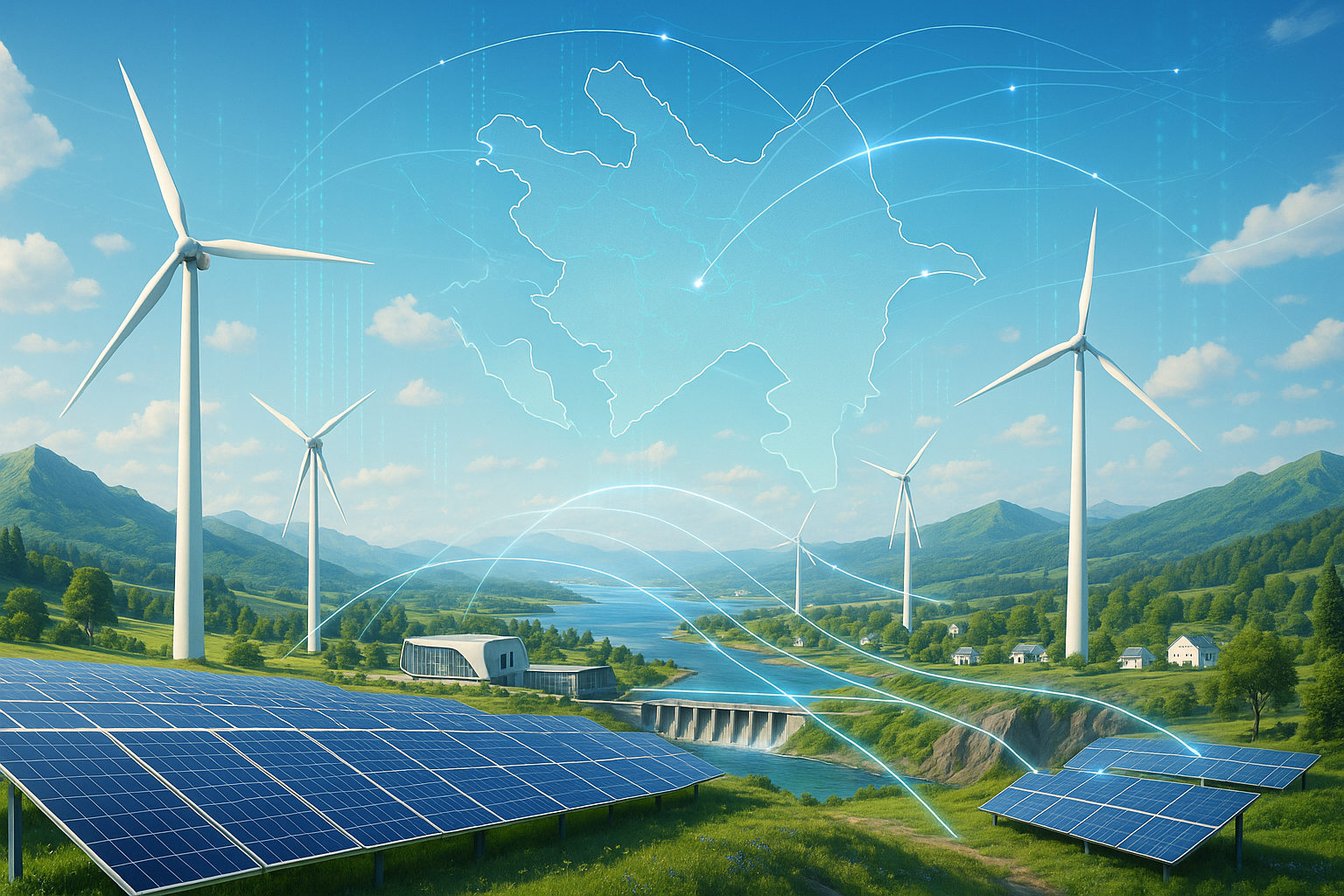Baku charts green future as renewables to supply almost half of country’s energy

According to the State Statistics Committee, Azerbaijan’s renewable energy output showed mixed results in the first seven months of 2025. The country generated 334.2 million kilowatt-hours (kWh) of electricity from solar power, a 13.1% increase year-on-year, affirming the success of recent investments in photovoltaic infrastructure.
Access to paid information is limited
Find the plan that suits you best.
1 month subscription
Full digital access to all news for 1 month
3 months subscription
Full digital access to all news for 3 months
6 months subscription
Full digital access to all news for 6 months
1 year subscription
Full digital access to all news for 1 year
Here we are to serve you with news right now. It does not cost much, but worth your attention.
Choose to support open, independent, quality journalism and subscribe on a monthly basis.
By subscribing to our online newspaper, you can have full digital access to all news, analysis, and much more.
You can also follow AzerNEWS on Twitter @AzerNewsAz or Facebook @AzerNewsNewspaper
Thank you!

